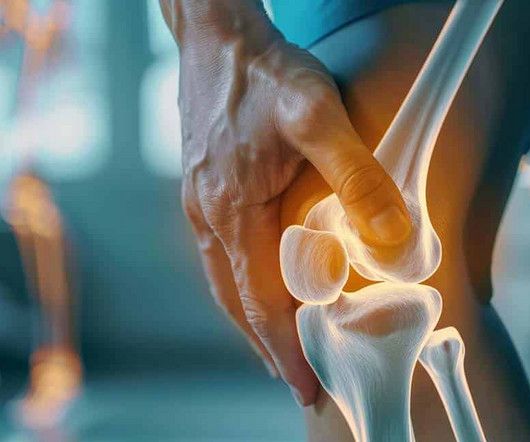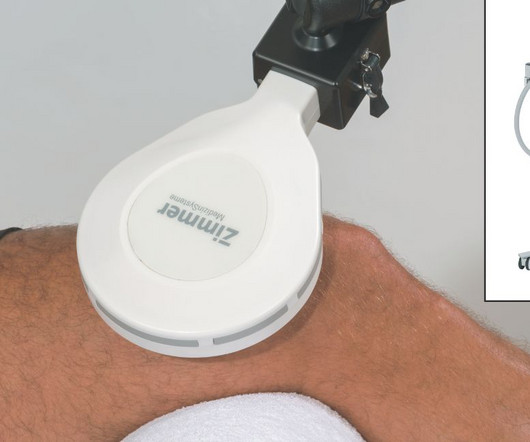HSS Presents Innovative Research Aimed at Faster Recovery After Knee Surgery at AAOS Annual Meeting
OrthoSpineNews
MARCH 11, 2025
What follows are highlights from these studies: Limiting Use of Tourniquets During Knee Replacement Surgery Improves Patient Outcomes Tourniquets have traditionally been used during TKA to reduce blood loss and the need for transfusions. Surgeons use these devices differently based on individual patient needs.



















Let's personalize your content